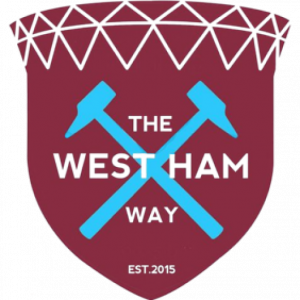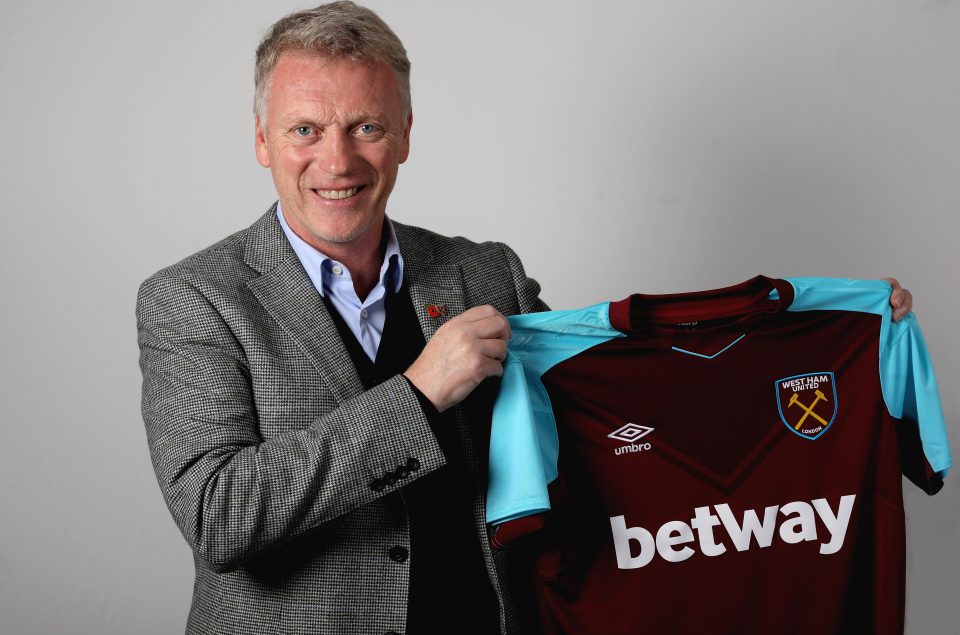Moyes said that he had “a point to prove” when he was appointed the new Hammers boss, and he has since reiterated the importance of not judging a book by its cover. Under his leadership, West Ham have lost only twice at home and went on a streak that saw them lose once in ten games.
So, what has been key to the change in performances since Moyes arrived in East London? What has he done to ensure that the players fight for Premier League survival? And why did West Ham suit him better than his other jobs?
EVERYTHING HAPPENS FOR A REASON
Moyes spent eleven years at Everton, but he is more famous for his disastrous eight months at Manchester United
Moyes got his chance to be a Premier League manager in March 2002, when he left Preston North End to replace Walter Smith at Everton. At the time, he was a young, ambitious manager who had guided Preston to the Division One playoff final in the 2000/01 season. In his first full season in charge, Everton finished seventh.
The Glaswegian continued to improve the Toffees, guiding them to Champions League qualification in the 2004/05 season. Everton soon became acquainted to playing in Europe, qualifying to play in the Europa League for four consecutive years.
In May 2013, Moyes was confirmed as the replacement for Sir Alex Ferguson at Manchester United. He aimed to maintain United’s track record of winning silverware, but this job would result in the downfall of his reputation. United suffered their worst ever start to a season, and lost back-to-back home games in December 2013 for the first time since the 2000/01 season. Following a 3-0 defeat to Manchester City and a 2-0 defeat to Everton, Moyes was sacked in April 2014.
Moyes’s failures at Manchester United can be justified, and the blame does not totally rely on him. Firstly, the club’s owners made a poor decision in appointing him based on his track record at Everton, who he won no trophies with during his eleven-year reign; United needed a manager who had won major trophies and league titles at world-class clubs. Secondly, he was appointed on the club’s traditions of being run by British managers, and this may have influenced the decision to appoint him.
Moyes then moved to Spain managed Real Sociedad for one year before becoming Sunderland manager in the summer of 2016. Sunderland were relegated under Moyes, but he has since admitted that he did not enjoy the job and that he did not have enough talent to work with.
West Ham United are a better platform for Moyes than Sunderland and Manchester United. Moyes has better players to work with and the team suits his own personal needs in terms of their league positions and level of expectations.
HOW DID IT ALL CHANGE?
Moyes has stated that he is not fooling around with West Ham
There are two key reasons as to why West Ham improved under Moyes’s guidance as well as areas for improvement:
Authority Moyes has made it clear that he is the boss and that he has no time for unpunctuality or laziness. When he came to the club, he made it clear that players who did not work hard would not play. This is different to his predecessor, Slaven Bilić – Bilić appeared to be too light-hearted with his players in training, whereas Moyes makes the players engage in physical drills and makes it clear that he is their manager, not their friend.
Raising personal expectations In his early days as West Ham United manager, Moyes told underperforming players to play better. For example, Marko Arnautović – who had joined West Ham from Stoke City for a club record fee of £27,000,000 – had not played well for the Hammers under Bilić’s management. Since Moyes handed him a play-well-or-be-dropped ultimatum, the Austrian winger has scored nine goals and has become a key member of the attack.
Other players have benefited from Moyes’s words. Angelo Ogbonna has performed better under Moyes and received praise for his performance against Tottenham Hotspur at Wembley. Ogbonna and Arnautović’s on-pitch improvements in form demonstrate how a change in manager can lead to a change in player and team form.
What needs to change if Moyes stays on?
Give more youth players a chance to impress. Players such as Josh Cullen, Sead Hakšabanović and Nathan Holland have been regarded as players who have potential to achieve. Hakšabanović is one of the many stand-out youth academy prospects; he represents Montenegro at international level and was tipped for greatness during his time in Sweden. Surely he and many others are worth a chance?
Start Chicharito! This is plain common sense and a necessity – start Chicharito in the starting line-up. He is the type of quality West Ham have needed in terms of strikers due to his eye for goal, yet he was benched despite a period of good form and scoring goals. Why would you pay a player £140,000 a week to come on a make an impact if need be? It does not make sense.
Add to the squad’s depth. The key to having a successful team to have strength in depth; West Ham lack this due to a lack of signings in January and injuries. Adding to the squad over the summer is vital, and with a new director of football soon to arrive at the London Stadium and a change in transfer policy supposedly being implemented, new faces may come to West Ham United.



